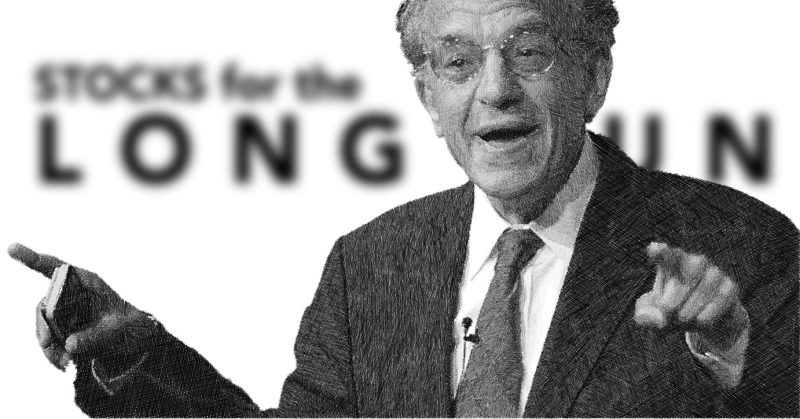by Professor Jeremy J. Siegel, Senior Economist to WisdomTree and Emeritus Professor of Finance at The Wharton School of the University of Pennsylvania
Stocks and bonds staged a roller coaster on Fed day but finished essentially where they began—an apt metaphor for a market digesting a quarter-point cut, a split dot-plot, and a Chair intent on starting an easing cycle without declaring victory.
The median dots implied two additional cuts this year—one at each remaining meeting—yet nearly half of participants penciled in one or none. I read the single dissent and the lack of broader pushback as an explicit show of support for Powell and Fed independence. That unity matters. It tells you the bar for reversing course is high, while the hurdle for continuing to cut is still present if data remains strong.
Retail sales underscore why 50 basis points was not in the cards: the consumer is not buckling. High-frequency anecdotes echo the same story—demand remains firm, holiday bookings are strong, and broad spending resiliency persists even as lower-income cohorts feel more strain. That’s why the most cautious forecasters on the Street just pushed Q3 GDP into the mid-2s from the high-1s, with some now-casts flirting with the mid-3s. The tariffs’ bite may still show up around the holidays, but so far fears of an immediate demand hit have not materialized.
Inflation continues to cool beneath the surface. Goods prices are less helpful given tariff noise, but the other components keep grinding down, and the sensitive commodity gauges have been remarkably well-behaved. I’m watching next week’s PCE print—there’s a decent setup for a 0.2% monthly increase that would reinforce the “disinflation with growth” narrative. If that lands alongside tame jobless claims, it validates the easing path. A claims range in the 200–240k zone keeps October and December cuts on schedule; a persistent move to 250k–255k would be a yellow flag. On payrolls, sub-50k—or a rare negative print—virtually locks in back-to-back cuts, while a string of 75k–100k gains would inject some caution without derailing the path.
Housing remains weak, but here’s the underappreciated positive: mortgage rates are falling faster than the 10-year would suggest because the pandemic-era origination premium is compressing. That premium—elevated after lenders were burned—can still recede further, allowing 30-year fixed rates to decline even if the 10-year hovers around 4.0%–4.1%. That’s a direct tailwind to housing turnover and construction sentiment as we move through Q4.
Policy and politics will swirl—tariff headlines, China’s tech stance, India’s negotiations, and the Fed chair sweepstakes—but none of this changes the core macro: recession odds remain low, in the 15%–20% background range, and money growth, real rates, and easing financial conditions point to a soft-landing glidepath. Importantly, tariffs that nudge prices higher are a poor reason to withhold cuts; if anything, they argue for more policy offset to protect real growth as supply-side frictions ebb and flow.
Investment implications are clear. I expect 25 basis point cuts on October 29 and in December, and another 50–75 basis points by early next year as the Fed moves toward a more neutral stance. The 10-year should remain range-bound near 4% with a modest term premium; mortgage spreads can narrow further. That cocktail favors small and mid-caps, rate-sensitives, and high-quality dividend payers that benefit from lower discount rates and improving credit conditions.
But the AI capex wave continues to power the profit cycle—don’t overreact to implementation lags; that slack is future productivity. If we get the “sea change” of two more cuts this year, I expect a rotation that lifts the broader market breadth into year-end. The risks—an upside surprise in payrolls, a claims drift to 250k+, or a sudden tariff-driven supply pinch—would alter the pace, not the direction, of easing.
Copyright © WisdomTree













